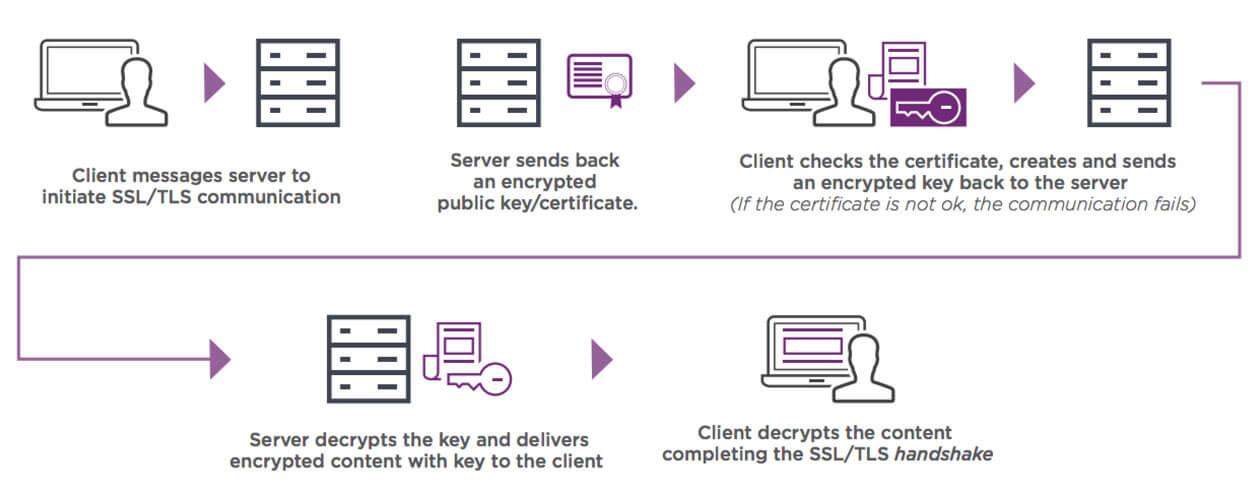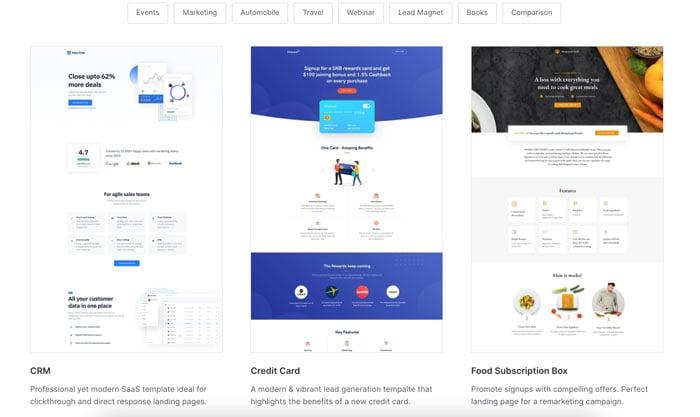In today’s digital landscape, were online security breaches seem to make headlines almost daily, ensuring your website is secure and compliant is more crucial than ever. If you’re running a WordPress site, you might be wondering how to protect your content and your visitors’ data. Enter SSL (Secure Socket Layer) – a simple yet powerful tool that not onyl encrypts facts but also builds trust with your audience. In this article, we’ll dive into the ins and outs of building a secure and compliant WordPress website with SSL. We’ll explore why SSL isn’t just a nice-to-have, but a must-have for anyone serious about their online presence. From boosting your Google rankings to safeguarding sensitive information, let’s uncover how SSL can transform your website into a fortress of security and compliance. ready to take the first step toward a safer web experience? Let’s jump in!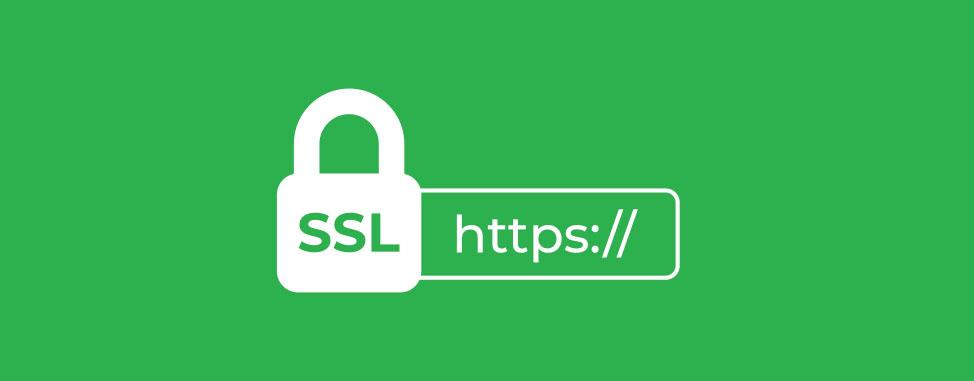
Understanding the Importance of SSL for Your WordPress Site
In today’s digital landscape, securing your WordPress site is more crucial than ever. SSL, or Secure Sockets Layer, plays a significant role in ensuring that the data transferred between your website and its visitors remains private and protected. By implementing SSL,you not only enhance the security of your website but also boost trust among your users. A site with SSL appears more trustworthy, as indicated by the ‘https://’ prefix in the URL and the padlock symbol in the browser’s address bar.
Here are some compelling reasons to consider implementing SSL:
- Data Encryption: SSL encrypts sensitive information, such as credit card details and personal data, safeguarding it from cyber threats.
- Improved SEO: Google prioritizes secure sites. Having SSL can positively impact your search engine rankings.
- Increased user Trust: A secure site fosters confidence among users, leading to higher conversion rates and customer loyalty.
- Compliance with Regulations: Various data protection regulations require SSL to ensure user privacy,making it essential for compliance.
Moreover, the implementation of SSL can significantly reduce the risk of man-in-the-middle attacks, where malicious actors intercept data being transmitted between the user and your website. With SSL, any data exchanged remains encrypted, making it virtually impossible for unauthorized parties to access it.
For WordPress users,the integration of SSL has been made straightforward,especially with the availability of numerous plugins that simplify the process. consider the following essential steps to secure your site:
| Step | Description |
|---|---|
| 1. Purchase an SSL Certificate | Select a reputable provider and obtain an SSL certificate. |
| 2. Install the SSL Certificate | Follow your hosting provider’s guidelines for installation. |
| 3. Update wordpress Settings | Change your site URL to https:// in the general settings. |
| 4. Redirect HTTP to HTTPS | Implement a 301 redirect to ensure all traffic is secure. |
| 5. Test Your Site | Verify the SSL installation and check for mixed content issues. |
the importance of SSL for your WordPress site cannot be overstated. By securing your site with SSL, you protect user data, improve your site’s credibility, and stay compliant with essential regulations. The time to act is now—invest in SSL to build a secure and compliant online presence that users can trust.
Choosing the Right SSL certificate for Your Needs
when it comes to securing your WordPress website,choosing the right SSL certificate is crucial. With various options available, understanding your specific needs will help you make an informed decision. Here are some key factors to consider:
- Type of Website: Are you running a personal blog, a business site, or an e-commerce platform? The type of website significantly influences the type of SSL certificate you should choose.
- Certificate Validation: There are three main types of validation levels:
| Validation level | Description | Best For |
|---|---|---|
| Domain Validated (DV) | Basic validation by confirming domain ownership. | Blogs, personal websites. |
| Institution Validated (OV) | Includes verification of your organization’s identity. | Business websites. |
| extended Validation (EV) | Thorough vetting process,displaying the organization’s name in the address bar. | E-commerce sites, financial institutions. |
Another vital consideration is the number of domains or subdomains you need to secure. If your business operates multiple sites, you might want to look into:
- Single Domain SSL: Covers one domain, like example.com.
- Wildcard SSL: Protects a single domain and all its subdomains, such as *.example.com.
- Multi-Domain SSL: Secures multiple domains under one certificate, ideal for businesses with various brands.
consider your budget and the level of support you might need. Some SSL providers offer excellent customer service, which can be invaluable, especially if you’re new to web security. Compare prices and features to find the best fit for your needs while ensuring you don’t compromise on security.
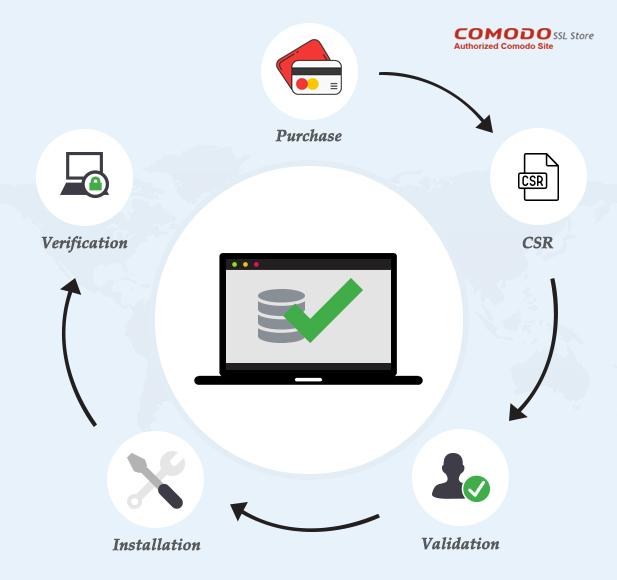
Step-by-Step Guide to Installing SSL on WordPress
Securing your WordPress website with SSL is essential for building trust with your visitors and enhancing your site’s search engine optimization.Follow thes straightforward steps to get your SSL certificate up and running in no time!
1. Choose an SSL certificate Provider:
Before diving into the installation process, you need to select a reliable SSL certificate provider. Consider options like:
- Let’s Encrypt (free)
- Comodo
- Symantec
- GeoTrust
2. Purchase and Obtain the SSL Certificate:
Once you’ve chosen a provider, purchase the SSL certificate. You will typically receive an email with a verification link. Make sure to follow the provided steps to validate your domain ownership and generate your certificate.
3. Install the SSL Certificate on Your Hosting Account:
After obtaining your SSL certificate, log into your web hosting account. Navigate to the SSL/TLS section and upload your certificate files. This process can vary depending on your hosting provider, but here are some common platforms:
| Hosting provider | SSL installation Steps |
|---|---|
| Bluehost | Go to My Sites > Manage > Security > Enable SSL |
| SiteGround | Navigate to Websites > Manage > Security > SSL Manager |
| HostGator | Access cPanel > Security > SSL/TLS > Install SSL |
4. Update wordpress Settings:
After installation, you need to update your WordPress settings. Go to your WordPress dashboard and navigate to Settings > General. Change your wordpress Address (URL) and Site Address (URL) from http:// to https://.
5. Redirect HTTP to HTTPS:
To ensure that all visitors are directed to the secure version of your site, add a redirect rule to your .htaccess file. You can also use plugins like Really Simple SSL to handle this automatically.
6. Test Your SSL Installation:
use online tools like SSL Labs to check if your SSL certificate is installed correctly. Look for any potential issues and ensure that your site is fully secure.
Configuring Your WordPress Settings for Optimal Security
securing your WordPress website starts with the right settings. By navigating to Settings in your WordPress dashboard, you can make several adjustments that significantly enhance your site’s security. Here are some essential settings to consider:
- Set a strong password: Use a combination of uppercase and lowercase letters, numbers, and symbols to create a robust password for your admin account.
- Limit login attempts: Prevent brute force attacks by installing a plugin that restricts the number of login attempts.
- Change the default username: Avoid using ‘admin’ as your username; opt for something unique to decrease the likelihood of being targeted.
In addition to these basic adjustments, you should also review your General Settings. Make sure that your site URL is secured with HTTPS, which is essential for encrypting data exchanged between your visitors and your site.Installing an SSL certificate not only secures your data but also boosts your SEO rankings. don’t forget to update your Site Address and WordPress Address to include “https://” as well.
Another key area to enhance security lies within the Privacy Settings. Regularly review what data you are collecting and how you are using it. Configure your privacy policy and ensure that you comply with regulations like GDPR, CCPA, or others relevant to your audience. This not only protects your visitors but also builds trust.
consider implementing two-Factor Authentication (2FA). This additional layer of security requires users to verify their identity through a second method, such as a text message or authenticator app.Here’s a simple table summarizing these configurations:
| Setting | Action |
|---|---|
| Password strength | Use a mix of characters |
| Limit Login Attempts | Install a security plugin |
| Change Default Username | Create a unique username |
| Enable HTTPS | install an SSL certificate |
| Configure Privacy Settings | Review and comply with laws |
| Two-Factor Authentication | Use an app or SMS verification |
By taking these steps, you’re not just protecting your website; you’re also ensuring a safe and trustworthy experience for your visitors. The more secure your site is, the more credibility you build in your niche, which can lead to greater success over time.
how to Test and Verify Your SSL Installation
Once you’ve installed an SSL certificate on your wordpress website, it’s crucial to ensure that it’s correctly configured and functioning as intended. A proper SSL installation not only secures data transfer but also enhances your site’s SEO and builds trust with your visitors.Here are some effective methods to test and verify your SSL installation:
- Use Online SSL Checkers: Tools like SSL Labs’ SSL Test,Why No Padlock?,or SSL Shopper provide detailed reports on your SSL certificate’s installation and configuration. Simply enter your website’s URL, and you’ll receive insights into the certificate’s validity, chain issues, and security grade.
- Browser Address Bar: The simplest method is to check your browser’s address bar. If your website is secured,you’ll see a padlock icon. Clicking on this icon will provide more info about the certificate, including its issuer and validity period.
- test Mixed Content: Ensure your site is free of mixed content issues, which occur when some resources are loaded over HTTP instead of HTTPS. You can use your browser’s developer tools (usually under the Console tab) to identify any mixed content warnings.
While these tools and checks are essential,it’s equally critically important to understand the key components of a successful SSL installation:
| Component | Status | notes |
|---|---|---|
| certificate Validity | ✔️ Valid | Check expiration dates regularly. |
| Certificate Chain | ✔️ Complete | Ensure all intermediate certificates are installed. |
| Redirects | ✔️ Properly Configured | HTTP to HTTPS redirects must be seamless. |
By following these testing methods and ensuring all components are correctly set up, you’ll not only confirm the effectiveness of your SSL certificate but also boost your site’s credibility. Remember,a secure website is a crucial step toward winning the trust of your audience,which ultimately translates to better engagement and conversions.
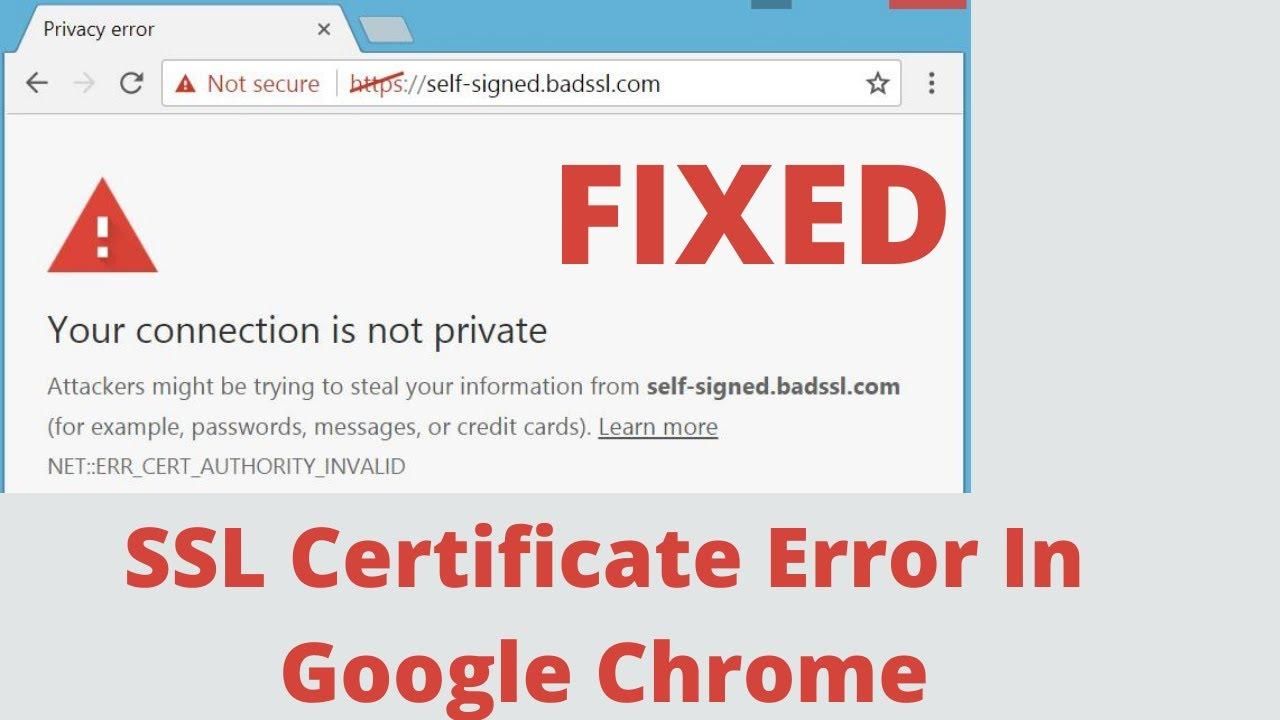
Common SSL Issues and How to Troubleshoot Them
Even with the implementation of SSL, WordPress users may encounter a variety of issues that can affect the security and functionality of their websites. Understanding these common problems and knowing how to troubleshoot them is crucial for maintaining a secure online presence.
Mixed Content Errors are among the most frequent challenges faced after installing SSL. this occurs when your site tries to load resources (such as images, scripts, or stylesheets) over HTTP rather than HTTPS. To resolve this, you can:
- Use a plugin like Really Simple SSL to automatically detect and fix mixed content issues.
- Manually update URLs in your database using a search and replace tool.
- Ensure that all internal links point to HTTPS instead of HTTP.
Another common issue is the SSL Certificate Not Trusted error. This can happen if your SSL certificate is self-signed or issued by an untrusted authority. to troubleshoot this:
- Verify that your SSL certificate is installed correctly by using online tools like SSL Labs.
- Consider purchasing an SSL certificate from a trusted Certificate Authority (CA) if you’re using a self-signed one.
- Ensure that your server is configured to serve the certificate chain properly.
Site Speed Issues can arise post-SSL installation due to improper server configurations or resource loading problems. to improve your site’s performance, you can:
- Optimize your images and resources to reduce load times.
- Implement caching solutions or CDNs that support HTTPS.
- Check your server configuration for any bottlenecks related to SSL processing.
Lastly, if your website is showing a Redirect Loop, it might be due to incorrect settings in your .htaccess file or WordPress configuration. Here’s how to address it:
- Check your .htaccess file for misconfigured redirect rules.
- ensure that your WordPress Address (URL) and Site Address (URL) are set to use HTTPS in the general settings.
- Disable all plugins temporarily to rule out conflicts and re-enable them one by one to identify the culprit.
Keeping Your WordPress Site Secure Beyond SSL
While having an SSL certificate is a crucial first step in securing your WordPress site, it’s just the tip of the iceberg. A comprehensive security strategy involves multiple layers of protection to keep your website and its data safe from potential threats. Here are some essential practices to implement for enhanced security:
- Regular Updates: Always keep your WordPress core, themes, and plugins updated. Developers frequently release updates to fix vulnerabilities and improve security features.
- Strong Passwords: Use strong, unique passwords for all user accounts. Consider implementing a password policy that requires complexity and regular changes.
- two-Factor Authentication: Implement two-factor authentication (2FA) for an added layer of security.This ensures that even if someone gains access to your password, they won’t be able to log in without the second factor.
- Limit Login Attempts: Protect your site from brute force attacks by limiting the number of login attempts. plugins are available that can help manage this effectively.
- Regular Backups: Schedule regular backups of your website.This way, if anything goes wrong, you can restore your site quickly without significant data loss.
Additionally, consider using a security plugin that offers features such as firewall protection, malware scanning, and activity monitoring. These tools can provide real-time protection and alerts for any suspicious activity. Here’s a simple table of popular WordPress security plugins to consider:
| Plugin Name | Key Features | Pricing |
|---|---|---|
| Wordfence | Firewall, malware scanner, live traffic monitoring | Free / Premium options |
| Sucuri | Website firewall, antivirus scanning, performance monitoring | Starting at $199/year |
| iThemes Security | Two-factor authentication, brute force protection, file change detection | Free / Pro versions available |
Moreover, ensure that your hosting provider offers robust security features and complies with industry standards. A reliable host can provide firewalls, DDoS protection, and regular security audits that add an extra layer of defense for your site. Always research and choose a hosting provider that prioritizes security.
educate yourself and your team about security best practices. Regular training on recognizing phishing attempts and maintaining safe browsing habits can significantly reduce vulnerability. Remember, securing your WordPress site is a continuous process that requires vigilance and proactive measures.
Ensuring Compliance with GDPR and Other Regulations
in today’s digital landscape, creating a secure and compliant WordPress website goes beyond just having an SSL certificate. To truly protect your users’ data and uphold their privacy, it’s crucial to align your site with the General Data Protection Regulation (GDPR) and other relevant regulations. This not only builds trust with your audience but also mitigates the risk of hefty fines that can arise from non-compliance.
Here are some essential steps to ensure compliance:
- Implement a Privacy Policy: Clearly outline how user data is collected, processed, and stored. Make sure this policy is easily accessible on your website.
- Enable User Consent: Use consent forms to collect explicit permission from users before processing their personal information. This should be clear and concise.
- Use GDPR-Compliant Plugins: Choose plugins that offer features such as data anonymization and allow users to easily access,modify,or delete their data.
- Secure data Transfers: Ensure that any data shared with third-party services is done securely, preferably using encrypted methods.
Additionally, maintaining an updated list of all personal data processing activities is a best practise. This should include:
| Activity | Data Collected | purpose |
|---|---|---|
| User Registration | name, Email | Account creation and management |
| Newsletter Signup | Marketing communications | |
| Contact Form Submissions | Name, Email, Message | responding to inquiries |
Lastly, consider conducting regular audits of your site’s data handling practices. This proactive approach not only helps you stay compliant but also allows you to easily adapt to any changes in regulations that may arise. By prioritizing both security and compliance, you create a safe surroundings for your users, fostering loyalty and trust that can significantly enhance your brand’s reputation.

Regular Maintenance: Keeping Your SSL Updated and Effective
To ensure your website remains secure and compliant, regular maintenance of your SSL certificate is crucial. An SSL certificate is not a one-time purchase; it requires ongoing attention to keep it functioning effectively. Here are a few key practices to follow:
- Monitor Expiry Dates: Keep a close eye on the expiration date of your SSL certificate. Most certificates last for one to two years. Setting reminders can help you renew them before they expire.
- Renew Promptly: When it comes time to renew, don’t procrastinate. A lapse in your SSL can lead to security warnings for your visitors, which can damage your reputation and credibility.
- Check Installation: After renewing, verify that your SSL is installed correctly. Tools like SSL Labs’ SSL Test can help you identify any issues with configuration.
- Stay Updated: Keep your SSL protocol and algorithms up to date. Outdated protocols can expose your site to vulnerabilities.
Additionally,consider implementing a monitoring service that alerts you to any potential issues with your SSL certificate. This proactive approach ensures that any problems are addressed before they affect your site’s performance or security. You can also set up automated renewals with your SSL provider to minimize the risk of downtime due to expired certificates.
| SSL Maintenance Task | Frequency | Tools/Resources |
|---|---|---|
| Check Expiry Date | Monthly | SSL Checker |
| Renew Certificate | Annually | SSL Provider |
| Verify Installation | After Renewal | SSL Labs |
| update Protocols | Bi-Annually | Security blogs |
In addition to routine checks and updates, it is also essential to educate your team about the importance of SSL security. Building a culture of security awareness can further protect your website from potential breaches. Training your team to recognize phishing attempts and implement secure practices ensures that everyone is on board with maintaining your site’s integrity.
By committing to a regular maintenance schedule for your SSL certificate,you are not just protecting your website but also fostering trust among your users. They need to feel confident that their data is secure, and a well-maintained SSL certificate plays a vital role in that perception.
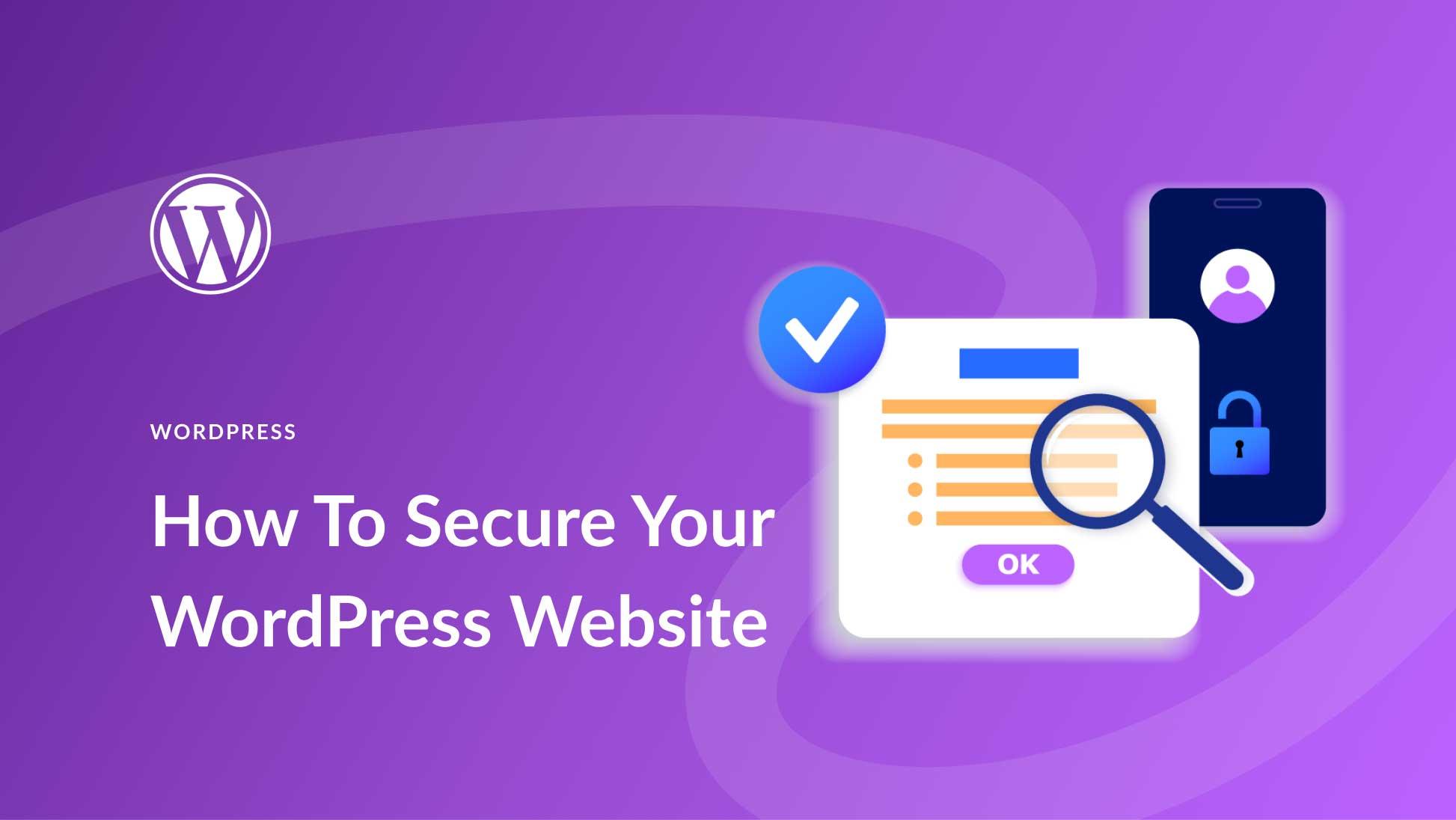
The Benefits of a Secure and Compliant WordPress Website for Your Business
In today’s digital landscape, ensuring that your WordPress website is not only secure but also compliant with industry standards is crucial for the success of your business. A website that prioritizes security and compliance fosters trust among customers and protects sensitive data, ultimately leading to higher conversion rates and increased customer loyalty.
One of the most significant benefits of having a secure WordPress website is the safeguarding of customer information. With the rise of cyber threats,customers are more cautious about where they share their data. implementing SSL (Secure Socket Layer) encryption ensures that data transferred between your website and the user is encrypted and secure. This not only protects sensitive information but also boosts your website’s credibility.
Consider the following advantages of a secure and compliant WordPress website:
- Enhanced Customer Trust: A secure site instills confidence in your visitors, encouraging them to share their information and make purchases.
- Improved SEO Rankings: Search engines like Google prioritize secure websites, boosting your visibility online.
- Protection against Data Breaches: Strong security measures help mitigate the risk of data breaches, saving you from potential legal issues and financial losses.
- Better Compliance with Regulations: Adhering to regulations such as GDPR or CCPA is easier with a secure site, protecting you from hefty fines.
Moreover,maintaining compliance with industry standards not only protects your business but also enhances your company’s reputation. Customers are more likely to engage with a business that demonstrates a commitment to security and compliance.By showcasing security certifications and compliance badges on your website, you communicate professionalism and reliability.
| benefit | description |
|---|---|
| Boosted Credibility | SSL certificates and compliance badges build trust with customers. |
| Higher Website Performance | Secure sites often load faster, enhancing user experience. |
| Lower Bounce Rates | Trustworthy websites see lower bounce rates as users feel safe to explore. |
Ultimately, investing in a secure and compliant WordPress website is not just a technical necessity; it’s a strategic move for your business. As more consumers prioritize their online safety, businesses that invest in robust security measures will stand out in a crowded marketplace. The choice is clear: prioritize your website’s security and compliance today to reap the long-term benefits of customer trust and business growth.
Frequently Asked Questions (FAQ)
Q&A: Building A Secure And Compliant WordPress Website with SSL
Q: Why is having an SSL certificate important for my WordPress website?
A: Great question! An SSL (Secure Socket Layer) certificate encrypts the data exchanged between your website and its visitors. This means that sensitive information—like passwords, credit card details, and personal data—is kept safe from hackers. Plus, Google gives preference to websites with SSL, so having one can improve your search engine rankings!
Q: How do I know if my WordPress site currently has an SSL certificate?
A: It’s super easy! Just look at the URL of your website. if it starts with “https://” instead of ”http://”,congratulations—you’re secure! You’ll also see a padlock icon in the address bar,indicating that your site is protected.
Q: What are the steps to obtain an SSL certificate for my WordPress site?
A: You’ve got a few options! You can purchase an SSL certificate from a trusted provider, or many web hosts offer free SSL certificates via Let’s Encrypt. To set it up, you usually just need to follow your host’s instructions, which typically include generating a CSR (Certificate Signing Request) and installing the certificate. If it sounds overwhelming, don’t worry—many hosting providers offer support to guide you through the process!
Q: I’ve heard that SSL can slow down my website. Is that true?
A: Not anymore! In the past, SSL could slow down your site as of the encryption process. However, with advancements in technology and better server capabilities, the performance hit is negligible. Actually, using SSL can improve your website’s speed in certain specific cases, especially when combined with HTTP/2, which is designed to work better with secure connections.
Q: What about compliance with regulations like GDPR? Does SSL help with that?
A: Absolutely! SSL is an essential part of being compliant with data protection regulations like GDPR. Since these regulations require you to protect the personal data of your website visitors, having an SSL certificate demonstrates that you take security seriously. It also builds trust with your users, showing them that their information is safe with you.
Q: Are there any additional security measures I should consider for my WordPress site beyond SSL?
A: Definitely! While SSL is crucial,you should also consider implementing other security measures,such as regular updates to your wordpress core,themes,and plugins; using a reliable security plugin; enabling two-factor authentication; and backing up your site regularly. These steps work together to create a robust security strategy for your website.
Q: I’m not tech-savvy. Should I still attempt to set up SSL myself?
A: If you’re not comfortable, don’t stress! Many hosting providers offer one-click SSL installation, and their support teams can help you with the setup. Alternatively, you could hire a professional who specializes in WordPress security to ensure everything is configured correctly. It’s worth the investment for peace of mind!
Q: Will implementing SSL require me to change anything on my website?
A: Yes, but it’s a good change! Once you’ve installed the SSL certificate, you’ll need to update your site’s URLs from “http://” to “https://”.It’s also critically important to check for mixed content issues, where some resources are still being loaded over HTTP. Many plugins can definitely help manage this process, making it easier than ever to transition securely.
Q: how can I further promote my secure website to my audience?
A: Excellent question! You can showcase the padlock icon, mention your SSL certificate in your website’s footer, and include it in your marketing materials. Assure your visitors that their data is safe with you—it’s a great selling point and builds invaluable trust!
Q: Is it worth the effort to make my WordPress site secure and compliant?
A: Absolutely! In today’s digital landscape, security is paramount.A secure and compliant website not only protects your visitors, but it also improves your credibility, boosts your SEO, and can ultimately lead to higher conversions. Investing in SSL and other security measures is a step towards long-term success for your online presence. Don’t wait—make the leap today!
—
Feel free to ask if you have more questions or need further information about building a secure WordPress website!
Future Outlook
Conclusion: Your Path to a Secure and Compliant WordPress Website
As we wrap up our discussion on building a secure and compliant WordPress website with SSL, let’s take a moment to reflect on the key takeaways. Implementing SSL is not just a technical upgrade; it’s a vital step toward protecting your visitors’ data and enhancing their trust in your site.In today’s digital landscape, security isn’t just an option—it’s an expectation.
By prioritizing SSL, you’re not only safeguarding sensitive information but also positioning your website as a credible source. Search engines favor secure sites, which means you’ll likely see a boost in your rankings. Plus, your users will appreciate the peace of mind that comes from knowing their interactions with your site are secure.
So, what are you waiting for? Take charge of your website’s security today. Whether you’re just starting out or looking to enhance your existing site, implementing SSL is a straightforward and impactful way to ensure safety and compliance. Remember,a secure site not only protects you—it protects your users and fosters a thriving online community.
Let’s make the internet a safer place,one SSL certificate at a time. Dive in,take action,and watch your WordPress website transform into a secure haven for your visitors. Happy building!

